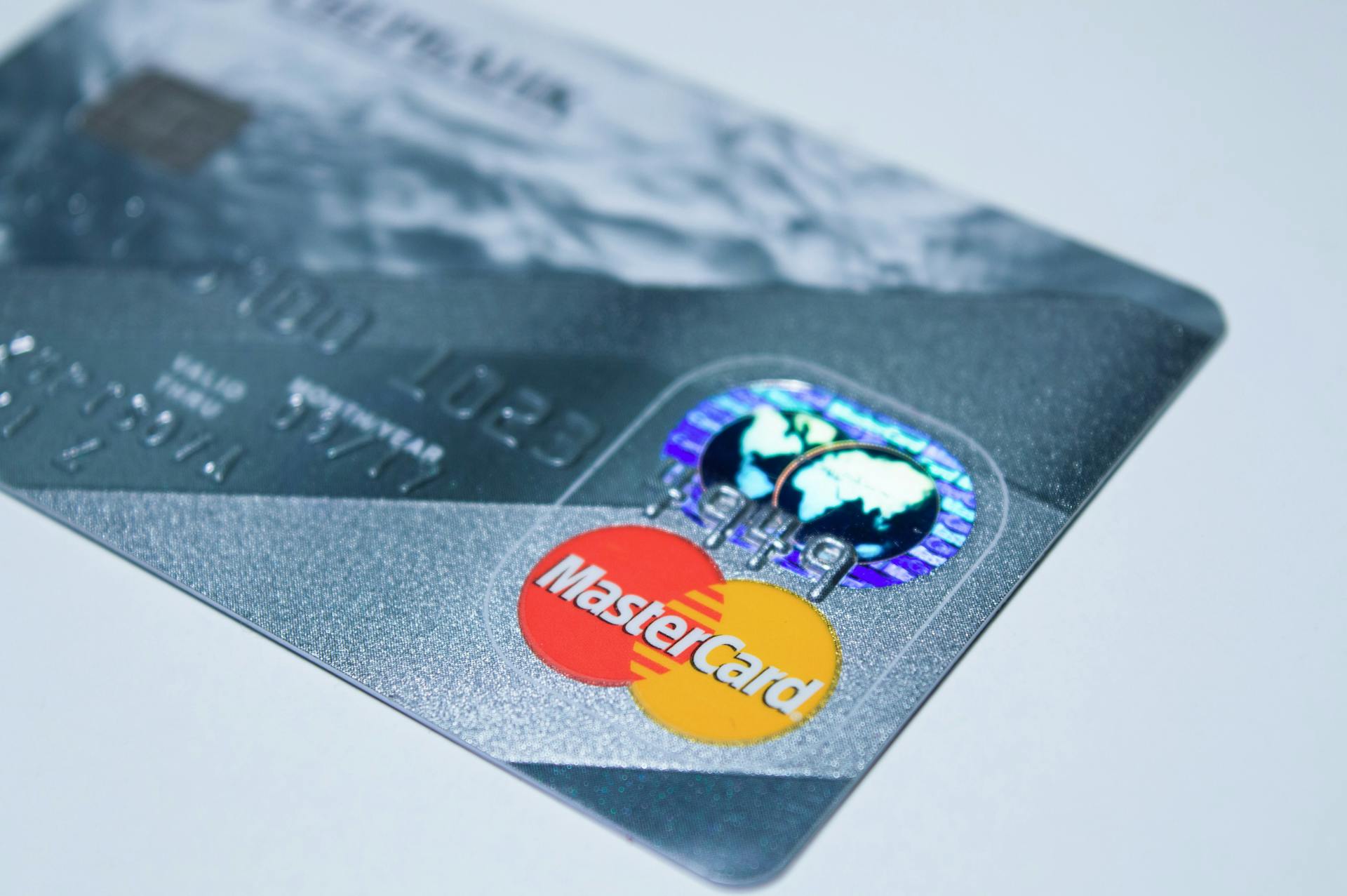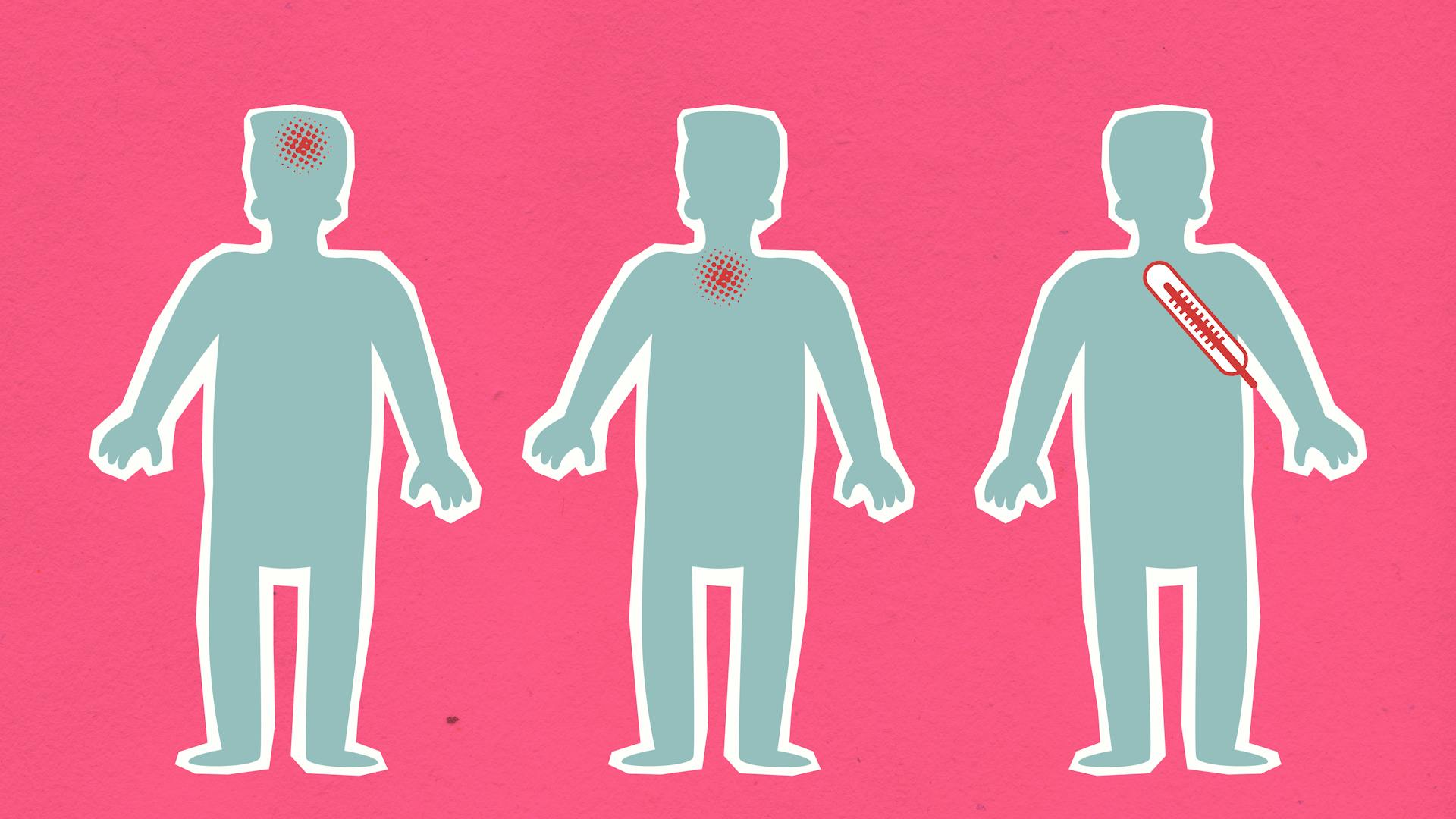
ACH transactions are a type of electronic payment that's processed through the Automated Clearing House network.
These transactions are commonly used for direct deposits, payroll, and bill payments. They're also a cost-effective alternative to paper checks.
ACH transactions are governed by the National Automated Clearing House Association (NACHA) rules, which outline the requirements for sending and receiving ACH payments.
Consider reading: Cheque Clearing
Automated Clearing House (ACH) Transaction
An Automated Clearing House (ACH) transaction is an electronic transfer that can either debit or credit a bank account, depending on the nature of the transaction.
The ACH network is a nationwide system through which depository institutions send each other batches of electronic credit and debit transfers. This network is used to process large volumes of credit and debit transactions, making it a versatile feature for conducting digital transactions.
The ACH system is managed by the National Automated Clearinghouse Association, known as Nacha, and serves more than 10,000 financial institutions. In Q2 2024, the ACH processed over 8.4 billion payments, with a combined dollar value of over $21.5 trillion.
Here's an interesting read: What Time Do Banks Process Transactions
ACH transactions consist of deposits and payments, including business-to-business (B2B) transactions, government transactions, consumer transactions, and payroll and tax transactions. These transactions are usually executed on the same day as long as they are received before 4:45 p.m ET.
Here are some examples of ACH transactions:
- Direct deposit of payroll
- Direct debiting of mortgages and utility bills
- Payroll deposits
- One-time debit transfers
- Social security benefits
- Tax refunds
The ACH network has its roots back to the late 1960s but was officially established in the mid-1970s. Today, the same technology is used to process payments in 40 percent of the countries globally.
How ACH Transactions Work
An ACH transaction begins when an originator initiates a direct deposit or direct payment on the ACH network, which can be either a debit and a credit. The originator's bank, also known as the Originating Depository Financial Institution (ODFI), collects multiple incoming ACH requests and groups them into batches.
These batches are sent out at scheduled times throughout the day, typically via an ACH operator, such as the Federal Reserve or a clearinghouse. The ACH operator sorts the batch and makes transactions available to the bank or financial institution of the intended recipient, also known as the Receiving Depository Financial Institution (RDFI).
A unique perspective: Institution Number of Scotiabank
The recipient's bank account is then debited or credited, thus reconciling both accounts and ending the transaction. The ACH network processes a wide range of transactions, including payroll deposits, one-time debit transfers, social security benefits, and tax refunds.
Here are the key players involved in an ACH transaction:
Transfer Time
Delivery of ACH transfers can take several business days, meaning days that banks are open — typically not weekends or holidays. ACH transfers are processed by a network operator in batches only seven times a day, unlike the real-time processing of wire transfers.
ACH credit transfer speed can be as fast as the same day or one to two business days, depending on the financial institution's choice. ACH debit transactions, however, must be processed by the next business day.
Respecting the cutoff time for transfer requests, usually around the end of the business day, will help your money arrive on time. Submitting a transfer request after the cutoff generally won't be processed until the next business day.
Suggestion: Bet 365 Online Banking Withdrawal Time
You can also pay to upgrade the delivery speed of your ACH transfer if your financial institution offers the option. Some banks offer next-day delivery, usually for an extra cost, but "next day" usually means "next business day", not "next calendar day."
Here are the typical delivery times for ACH transfers:
Remember, processing time does not include weekends and national holidays.
Wire Transfer
Wire transfers are a type of bank transfer that's usually faster and more expensive than ACH transfers. They can be completed in minutes or hours, making them ideal for large-sum and time-sensitive transfers.
Sending a bank wire transfer within the U.S. tends to cost from $20 to $30, and there's usually a fee to receive one. Wire transfers are generally more expensive than ACH transfers, which cost a few dollars at most.
The wire network processes transactions in real time, so you can expect U.S. wire transfers to be delivered within hours, if not minutes. This speed and reliability make wire transfers a popular choice for urgent financial transactions.
For more insights, see: Bank of America How to Wire Money
How It Works
An ACH transaction begins when an originator initiates a direct deposit or direct payment on the ACH network, which can be either a debit and a credit. This process is facilitated by the originator's bank, also known as the Originating Depository Financial Institution (ODFI).
The ODFI collects multiple incoming ACH requests and groups them into batches, which are sent out at scheduled times throughout the day. This batching process is crucial for efficient processing of ACH transactions.
An ACH operator, either the Federal Reserve or a clearinghouse, receives the batch of ACH transactions from the originating institution and sorts them. This ensures that transactions are processed accurately and efficiently.
The ACH operator makes transactions available to the bank or financial institution of the intended recipient, also known as the Receiving Depository Financial Institution (RDFI). The recipient's bank account is then debited or credited, thus reconciling both accounts and ending the transaction.
You might like: Cibc Institution Number
Changes to Nacha's operating rules in March 2021 expanded access to same-day ACH transactions, allowing for same-day settlement of most (if not all) ACH transactions.
Here's a breakdown of the ACH transaction process:
- Originator initiates direct deposit or payment
- ODFI collects and batches transactions
- ACH operator sorts and processes transactions
- RDFI receives transactions and posts to recipient's account
- Transaction is reconciled and completed
Each ACH transaction involves an ODFI and an RDFI, working together to facilitate the transfer of funds. This process is typically executed on the same day as long as the transactions are received before 4:45 p.m ET.
Accounting System
Using your accounting system is another way to send ACH payments, which creates a file in the NACHA format that's transmitted to your bank.
The Identification Number must be put in the NACHA standard for “Entry Detail Record Type Code 6, Field Number 7 – Identification Number.”
You may need to get your IT department to identify a specific field in your accounting system that will store the Identification Number.
They may also have to update the system to include this number in the right field.
If the Identification Number is in the wrong field, your ACH transfer will be rejected.
Setting up this new process can take more time than you think, so be sure to dedicate sufficient time to it.
If this caught your attention, see: RMIT School of Accounting
Sources
- https://www.nerdwallet.com/article/banking/ach-transfers
- https://www.federalreserve.gov/paymentsystems/fedach_about.htm
- https://www.investopedia.com/terms/a/ach.asp
- https://www.bamboohr.com/resources/hr-glossary/automated-clearing-house-ach
- https://www.usac.org/service-providers/making-payments/how-to-pay/setting-up-an-ach-payment/
Featured Images: pexels.com

